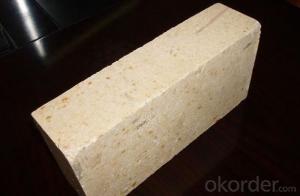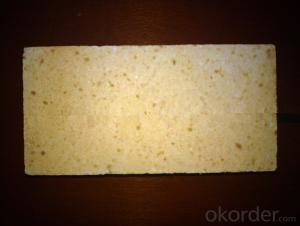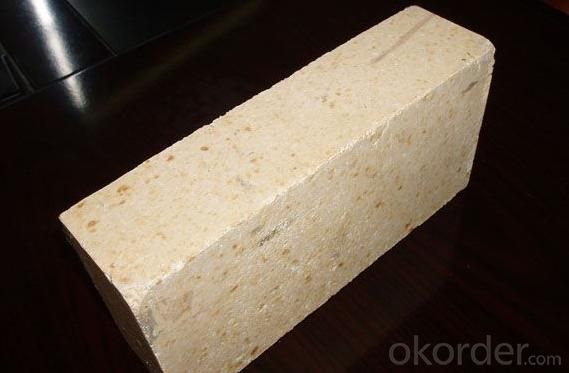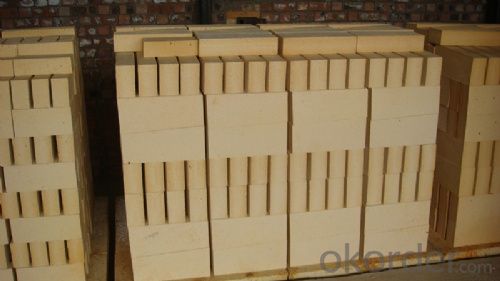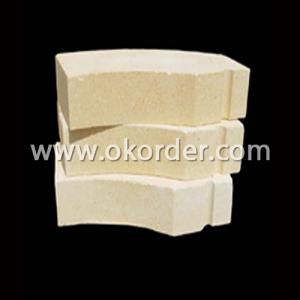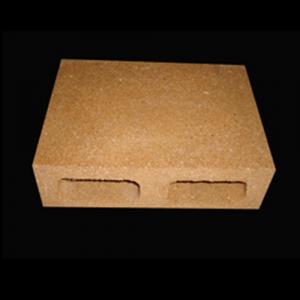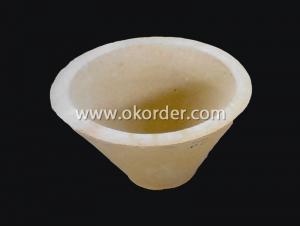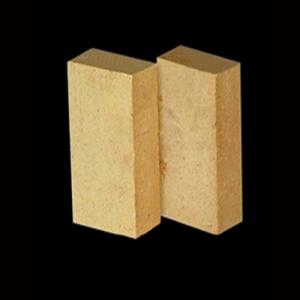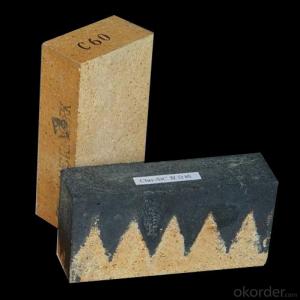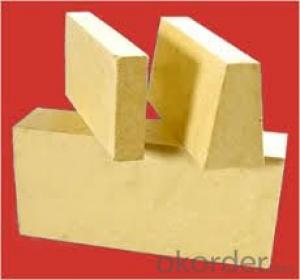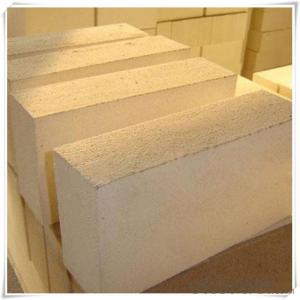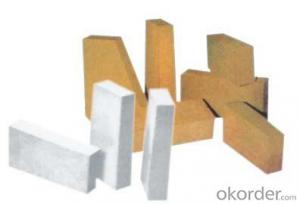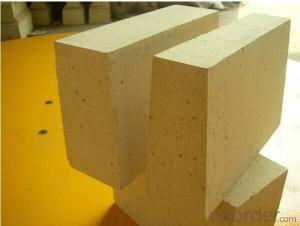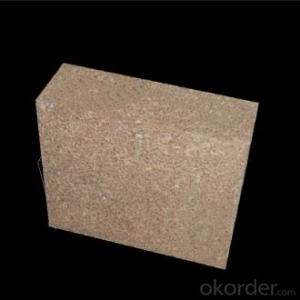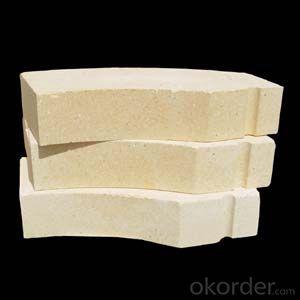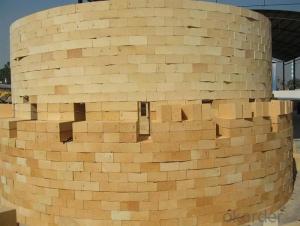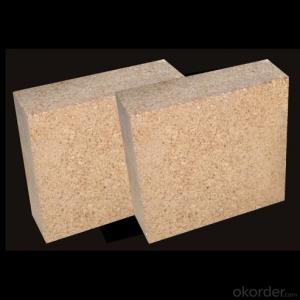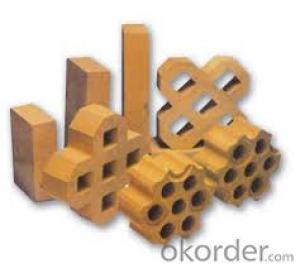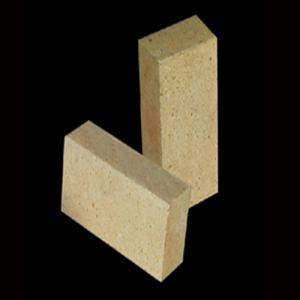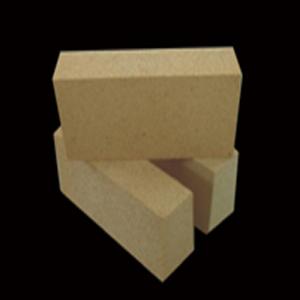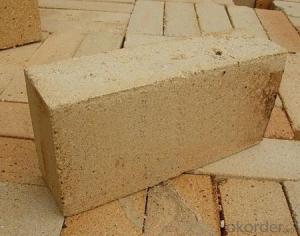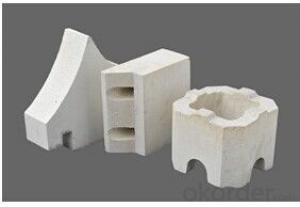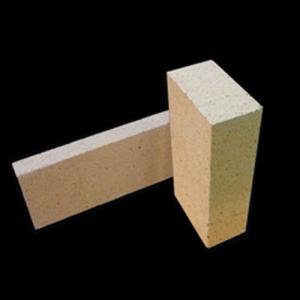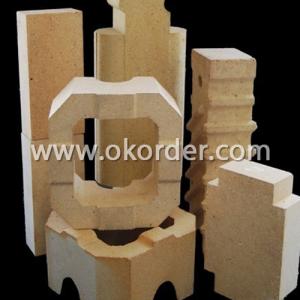High Alumina Bricks for Cement Kiln Anti-Spalling
- Loading Port:
- Qingdao
- Payment Terms:
- TT OR LC
- Min Order Qty:
- 1 m.t.
- Supply Capability:
- 11 m.t./month
OKorder Service Pledge
OKorder Financial Service
You Might Also Like
Description
CT firebricks are made from high-purity refractory clays, temperature of use ranging from 1100 oC to 1700 oC, each grade is formulated to meet specific thermal and physical requirements.
With graduated additions of alumina for higher temperature products
Carefully grade d organic filler
The organic filler burns out during manufacture to give a uniform, control pore structure.
Features
low thermal conductive, low heat storage
purity
good thermal insulation, enable the use of thin-walled constructions
the good alumina contents confer good refractoriness
iow iron and alkali fluxcontent contributes to their stability to reducing atmosphere
these can be machined to special shapes, incurring fewer sections and joints
Typical Application
Recommended for use as primary hot face refractory lining or as back-up insulation behind other refractories in furnaces, kiln, flues, heaters, regenerators, stress relieving furnaces,etc
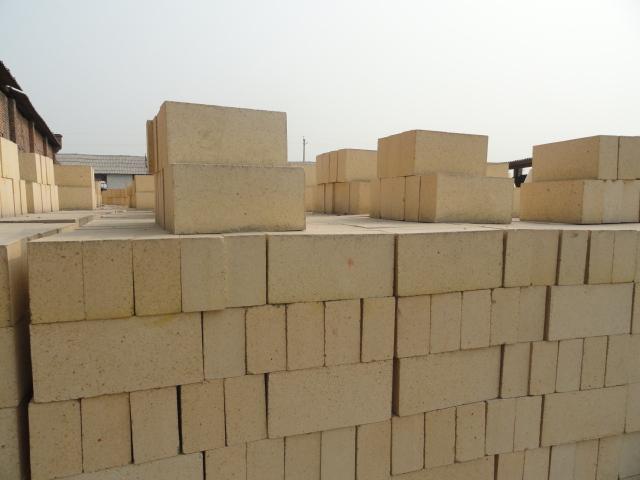
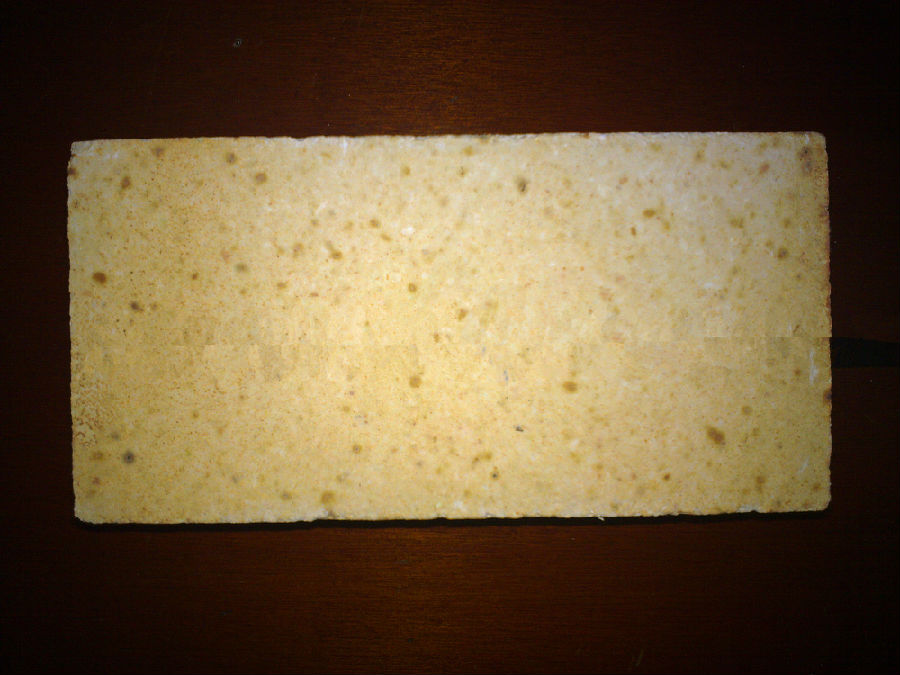
- Q: Is there a big difference between two high alumina brick and one high alumina brick?
- According to my experience, two kinds of high alumina bricks from the index, there is a big difference between the content of AL2O3, a high aluminum brick in 75%, two grade high alumina bricks in 65%, so the content is not the same, also decided that the use of temperature difference, the difference is very big.
- Q: What refractory material does cupola lining use?
- Materials defined as physical and chemical properties that allow them to be used in a high temperature environment are called refractory materials. Refractory materials are widely used in metallurgy, chemical, petroleum, machinery manufacturing, silicate, power and other industrial fields, the largest amount of metallurgical industry, accounting for 50% ~ 60% of the total output.
- Q: Application characteristics of high alumina brick
- Refractoriness. High alumina brick products are advanced varieties of aluminium silicate refractory products, and their refractoriness increases with the increase of Al2O3 content, generally not less than 1750 - 1790 DEG C. If the content of Al2O3 is more than 95% of corundum brick, the refractoriness can be as high as 1900-2000 degrees.
- Q: What's the price of high alumina refractory bricks?
- Their refractory bricks are of good quality and low ex factory prices. Special high alumina refractory brick factory price of 1900 yuan / ton, a high alumina brick factory price of 1650 yuan / ton... This price applies to standard size, size 230*114*65mm, more products, prices go to see.
- Q: Corundum, high alumina and fireclay refractory difference is what
- They differ in that the alumina content is different, and the content is in order: corundum > high alumina > clay.
- Q: What are the specifications for bricks?
- Ordinary brick size of 240 mm * 115 mm * 53 mm, according to compressive strength (Newton / square millimeter, N / mm2) size is divided into MU30, MU25, MU20, MU15, MU10, MU7.5, these intensity levels. Clay brick materials, cheap, durable, and fire prevention, heat insulation, sound insulation, moisture absorption and other advantages, is widely used in civil engineering. Waste brick can also be used as aggregate of concrete. In order to improve the shortcomings of ordinary clay bricks, such as small, self important and waste of soil, they are developing in the direction of light weight, high strength, hollow and big blocks.
- Q: What are ordinary bricks, refractory bricks, hollow bricks?
- Referred to as refractory brick. Refractory wood made from refractory clay or other refractory material
- Q: How to distinguish the good or bad of the high aluminum brick?
- In the procurement of high alumina brick, the first color, high quality aluminum brick, brick surface smooth, yellow color pale, four sides equal, no broken angle, no cracks.
- Q: How to reduce the harm caused by two times mullite in high alumina refractory material
- Prolong the sintering time and adjust the aluminum content of the high alumina brick.
- Q: Use of high alumina refractory bricks?
- High alumina refractory brick in Al2O3 more, close to neutral refractory material, can resist acid slag and alkaline slag erosion, because it contains SiO2, so alkaline slag ability than acid resistance slag ability less.It is widely used in building blast furnace, hot blast furnace, furnace top, blast furnace, reverberatory furnace and rotary kiln lining. In addition, high alumina bricks are widely used as furnace regenerative checker, pouring system for plug nozzle, etc..
Send your message to us
High Alumina Bricks for Cement Kiln Anti-Spalling
- Loading Port:
- Qingdao
- Payment Terms:
- TT OR LC
- Min Order Qty:
- 1 m.t.
- Supply Capability:
- 11 m.t./month
OKorder Service Pledge
OKorder Financial Service
Similar products
Hot products
Hot Searches
Related keywords
